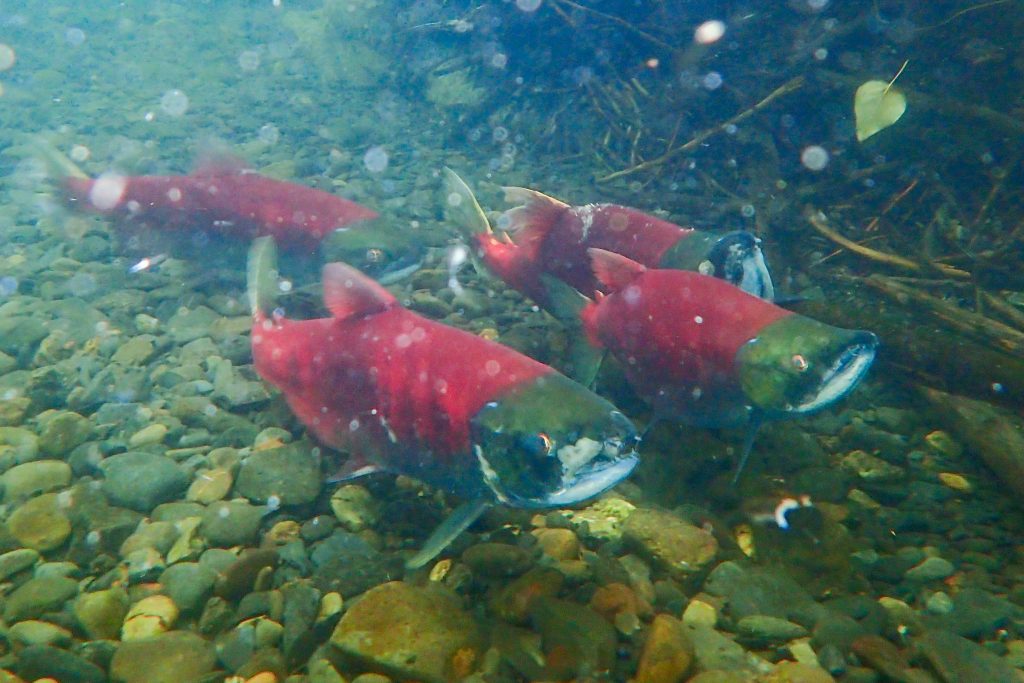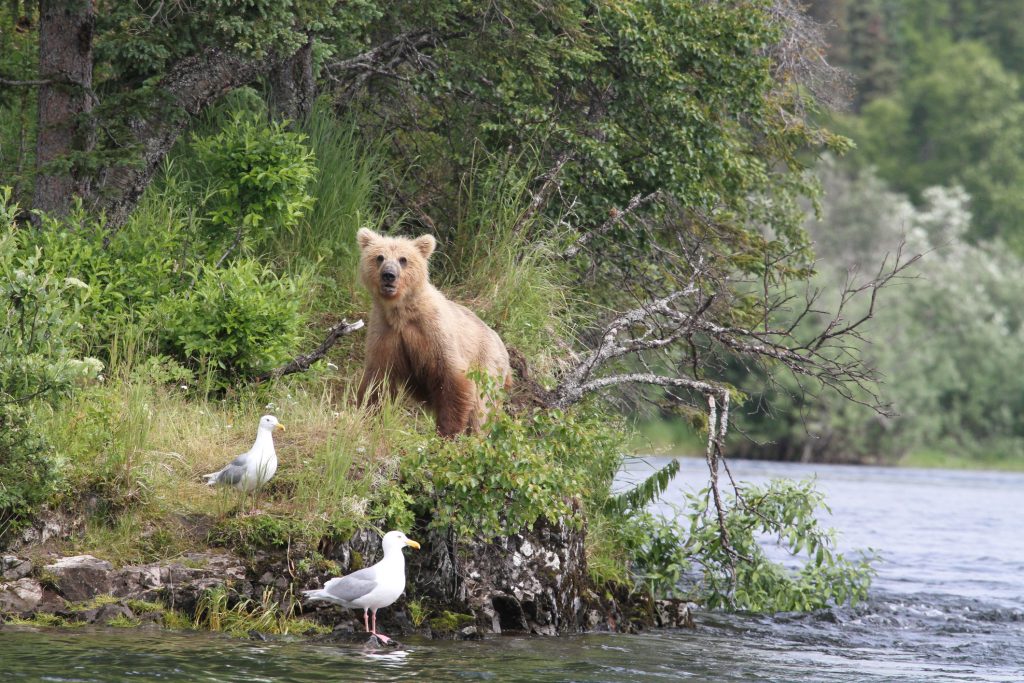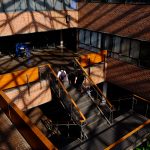Public Interest Communicator Shares Campaign Strategy that Helped Save Alaska’s Bristol Bay
Sam Snyder, adjunct faculty member in the University of Florida College of Journalism and Communications online Master’s concentration in Public Interest Communications, shared this public interest communications success story with his students. Snyder is campaign director at True Blue Strategies and former senior campaign manager at Wild Salmon Center.

As educators and collaborators, it’s important to reflect on our work: successes and failures. At the Center for Public Interest Communication’s annual frank gathering in 2019, I told a story of failure. Now, it’s important to reflect upon successes!
Earlier this year was one of those BIG WIN moments. Not just a baby step win, but the win you’ve been plotting since 2009. The win that some people called crazy and unattainable. The win when the United States Environmental Protection Agency used an obscure clause in the Clean Water Act to protect Bristol Bay, Alaska, the world’s largest salmon fishery. This clause is so obscure that it’s only been used 13, now 14, times since the Clean Water Act was signed into law in 1972.
On January 31, 2023, the Biden Administration signed the paperwork to finalize protections that will effectively prevent the construction of one of the world’s largest copper and gold mines in the headwaters of some of the most critical remaining rivers for sockeye salmon. These rivers produce over half of the world’s wild sockeye salmon.
What are sockeye you Floridians might ask? Well, only the tastiest salmon there are (in my opinion).
These wild salmon have ensured the survival of Indigenous people for thousands of years. These wild salmon drive a massive $2 plus billion a year economic engine supporting more than 15,000 jobs in the commercial fishing, food and processing world. And yes, they feed all the bears!

There are so many salmon here, and the habitat is so intact, that we can catch HALF of them and the system still functions near perfectly.
The story here is indeed one of public interest communications. There are many takes on defining it, but those who took my classes know that organizing is an integral part of the puzzle. [Center for Public Interest Communications Director] Ann Christiano and [former Center for Public Interest Communications Research Director] Annie Neimand discuss the Montgomery Bus Boycott as an archetypal example of public interest communications. The success of that historical moment was the interplay between community organizing and communications.
This is the story in Bristol Bay.
Groundbreaking environmental films, such as Red Gold, fueled early awareness and engagement campaigns, while campaign leadership assessed the “call to action” and charted a strategic path forward.
Once that ask and call to action solidified, we developed a groundbreaking organizing effort building a center that employed canvassers to knock on doors and make phone calls daily, weekly and annually for years on this and other salmon-related issues. We amassed an immense data set on Alaskans who were willing to take action, make phone calls, show up to rallies, and lend their voices to different aspects of this far-reaching campaign, which impacted how we talked about these issues to them via various communication channels. Data, data, data — a cornerstone of public interest communications.
And our communications game fluctuated; that’s normal for these long-haul campaigns. Energy, funding, attention and attrition impact how campaigns evolve.
This fight took decades, with the core, EPA-focused work starting in 2010. Campaigns like this ebb and flow and the question, I remind my students, is how we sustain this over the long haul. (Which, conveniently, was also the theme of the 2023 frank gathering).

However, in the last few years, we dialed it up. From political pressure to public engagement. During key comment periods, we used various media tools and communications tactics to tell stories and engage action-takers, elevating millions of Americans to speak up for this special watershed and the communities that depended upon it.
Throughout this campaign, storytelling with calls to action remained a corner piece of success. Well-placed, strategic ads in DC publications had an impact on leadership at EPA to pay attention to our campaign as we called on the Biden Administration to be the hero of this story. And, when it was all said and done, we thanked the Biden Administration for doing the work by projecting our appreciation onto the walls of the EPA headquarters. Elected officials took note, they joined the celebration, and power was built!
It’s not just what we did — organizing, ads, media, social engagement, and calls to action. It’s how we did this work that matters so much. This is a long campaign that centered on tribes and justice. This was not a D.C.-led campaign but was born out of the heart of Bristol Bay, and the voice of Bristol Bay led at every step. A broad and diverse coalition of organizations and entities, large and small, local and national, worked together and empowered tribal voices to shape the political ask, review the administrative solutions, and lead the story for this place that not only feeds a region or a state, but the world.
There are so many layers to this story. It’s defined 14 years of my life, career, family, friends and teaching at UF. We’ll be unpacking it for weeks, months, and years.
As we examine battles and explore our work in public interest communications, finding hope in the good stories is essential. This work is long, challenging, and sometimes demoralizing. But we’re working to “build the world we wished existed,” so it’s these long-game wins that keep us going.
As you do this work, carry these stories.
Sincerely,
Sam
Note: Take a look at our various media campaigns over the last few years here.
Category: College News, Profiles
Tagged: Bristol Bay Public Interest Communications Sam Snyder
Subscribe to our News Digest


